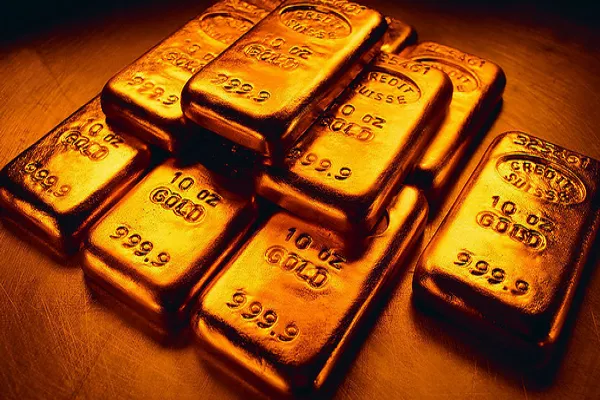Gold, often referred to as the “king of metals,” has witnessed a significant surge in its price in recent times. This remarkable rise has caught the attention of investors, economists, and market analysts worldwide. In this article, we delve into the various factors that have contributed to this upward trajectory, exploring both global and domestic influences on the gold market.
I. Macroeconomic Factors
Geopolitical Uncertainty:
Global geopolitical tensions and uncertainty have historically driven investors towards safe-haven assets like gold. Political instability, trade disputes, and conflicts among nations create an atmosphere of volatility, prompting investors to seek refuge in gold as a store of value.
Inflationary Pressures:
Heightened concerns about inflation have placed additional pressure on the gold market. As central banks implement expansive monetary policies and governments inject substantial fiscal stimulus into economies, the risk of inflation rises. Investors turn to gold as an inflation hedge, seeking to protect their wealth from the erosive effects of rising prices.
Currency Fluctuations:
The depreciation of major currencies, such as the US dollar, can significantly impact the price of gold. Since gold is traded globally in US dollars, a weaker dollar makes it relatively cheaper for international buyers, thereby increasing demand and pushing prices higher.
II. Central Bank Policies
Monetary Easing:
Central banks across the globe have adopted accommodative monetary policies to support economic recovery following the COVID-19 pandemic. These measures, such as lowering interest rates and implementing quantitative easing programs, increase liquidity in the market and reduce the opportunity cost of holding non-interest-bearing assets like gold. Consequently, investors are more inclined to allocate capital towards gold.
Diversification and Reserves:
Central banks themselves have been significant buyers of gold in recent years. As they seek to diversify their reserves away from volatile currencies and reduce exposure to geopolitical risks, central banks have steadily increased their gold holdings. This significant demand from central banks adds upward pressure to the price of gold.
III. Investor Behavior
Record Demand for Gold ETFs:
Exchange-Traded Funds (ETFs) backed by physical gold have gained immense popularity among investors. These financial instruments offer a convenient way to gain exposure to gold without requiring physical ownership. The surge in demand for gold ETFs has contributed to the increase in prices as investors flock to these instruments during periods of uncertainty.
Speculative Trading:
Speculative trading in gold futures and options markets can also impact short-term price movements. Traders and hedge funds, aiming to capitalize on price fluctuations, engage in speculative trades that amplify market volatility. These activities can lead to sudden spikes or dips in gold prices, evoking both fear and excitement among market participants.
IV. Supply Constraints
Declining Gold Production:
Gold mining output has experienced a significant decline in recent years due to aging mines, lack of new discoveries, and rising extraction costs. As production levels dwindle, the supply of newly mined gold diminishes. This supply-demand imbalance puts upward pressure on prices.
Pandemic-Related Disruptions:
The global COVID-19 pandemic disrupted the gold supply chain, causing temporary mine closures, transportation restrictions, and logistical challenges. These disruptions further constrained the availability of gold, exacerbating the price surge.
Conclusion
The rising price of gold can be attributed to a confluence of factors ranging from macroeconomic conditions and central bank policies to investor behavior and supply constraints. Geopolitical uncertainty, inflationary pressures, and currency fluctuations have increased the appeal of gold as a safe-haven asset. Central banks’ expansionary monetary policies and diversification strategies have also contributed to the surge, while record demand for gold ETFs and speculative trading have influenced short-term price movements. Additionally, declining gold production and pandemic-related disruptions have led to supply constraints. As these factors evolve, it is crucial for investors and analysts to closely monitor the gold market dynamics to make informed decisions.


